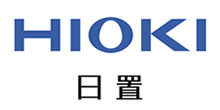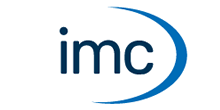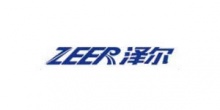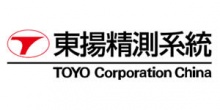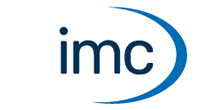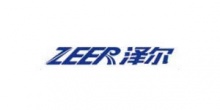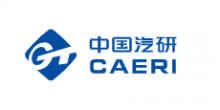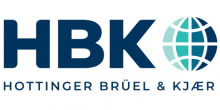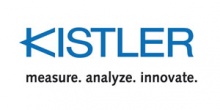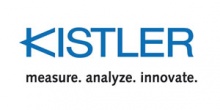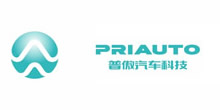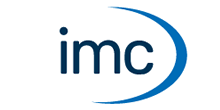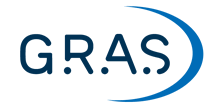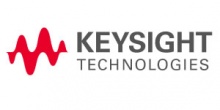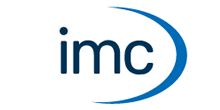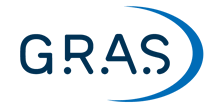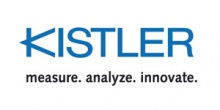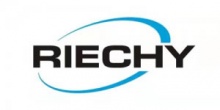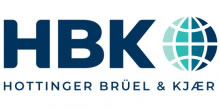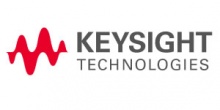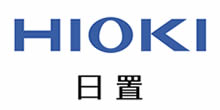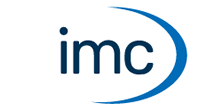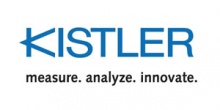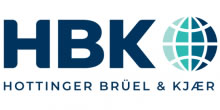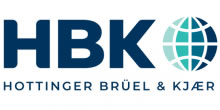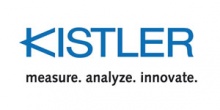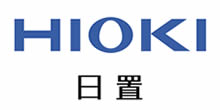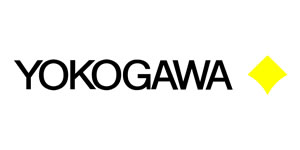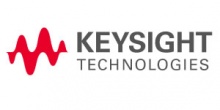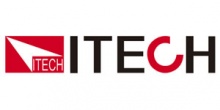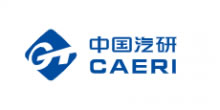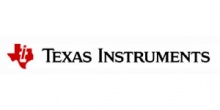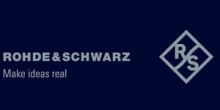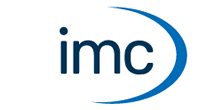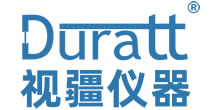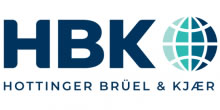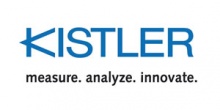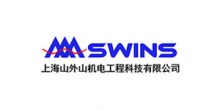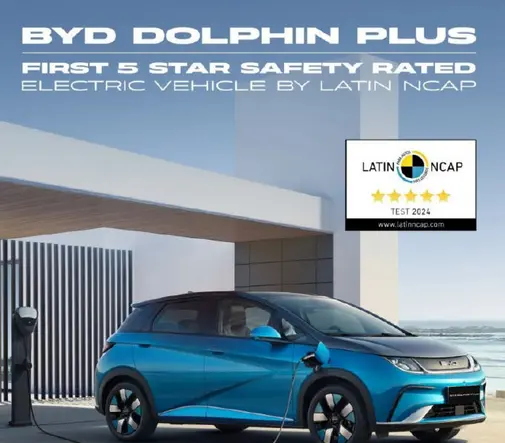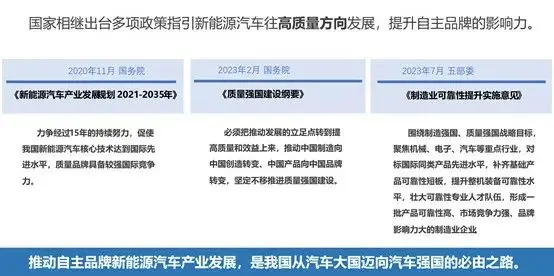欧美重型车氢燃料电池技术指标官方规划目标汇总
如题,前线汇总了一下FCEV相关指标目标,感觉国内企业又遥遥领先了。
美国重型车氢燃料电池技术指标
美国能源部2019年底发布的长途牵引车氢燃料电池系统技术目标。

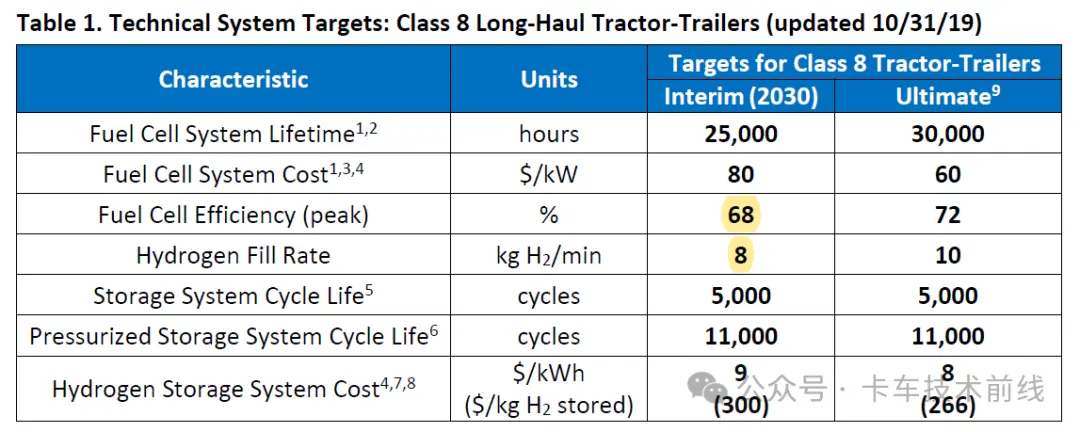
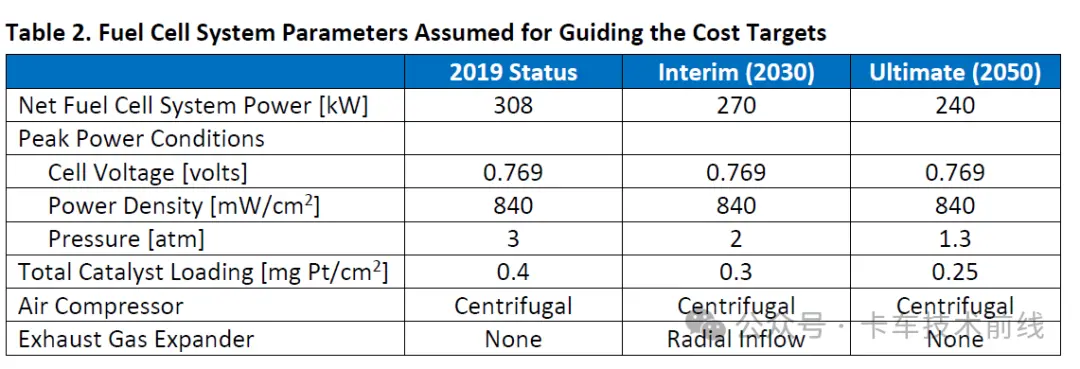
欧盟重型车氢燃料电池技术指标
欧盟Clean Hydrogen JU的重型车燃料电池技术关键指标目标如下表。
KPIs for fuel cell technology for Heavy-Duty-Vehicles
燃料电池
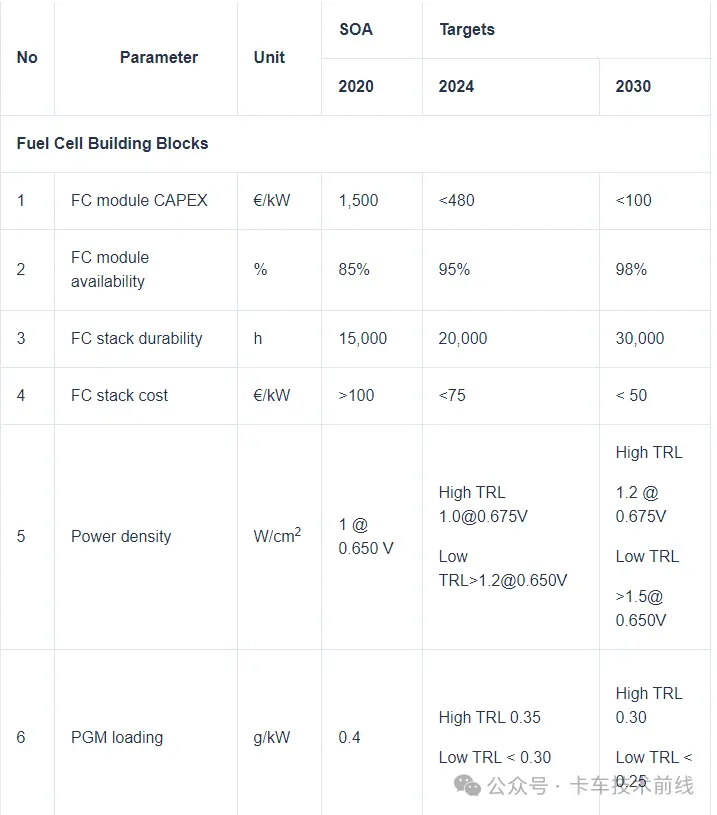
车载储氢
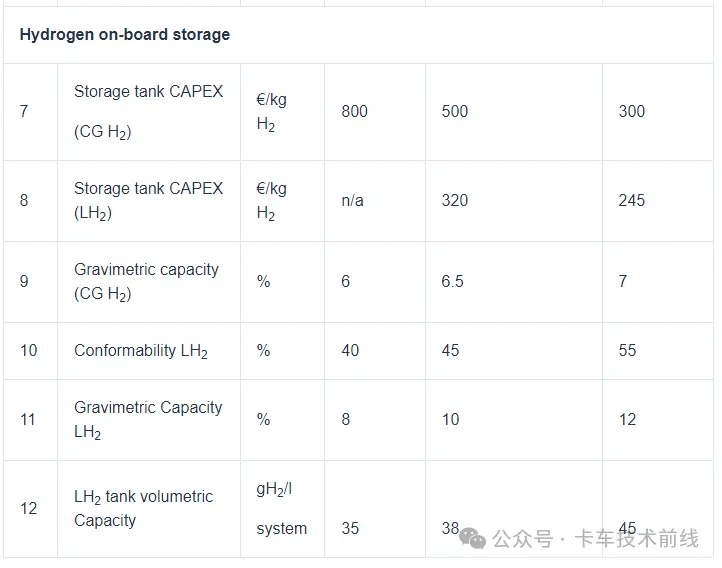
KPI-1:FC模块定义为FC堆加供气系统、冷却系统、内部ECU、介质歧管和其他BOP(再循环、加湿器、传感器、DCDC等)。基于2024年2500台和2030年25000台的年生产率。
KPI-1: FC module is defined as FC stack plus air supply system, cooling system, internal ECU, media manifold and other BOP (recirculation, humidifier, sensors, DCDC, etc). based on an annual production rate of 2,500 units in 2024 and 25,000 units in 2030.
KPI-3:耐久性目标在标称电压下的性能损失小于10%。
KPI-3: The durability target account for less than 10% performance loss at nominal voltage.
KPI-4:FC堆成本包括从电极到端板的所有组件(材料、制造、组装)的所有相关成本。与FC堆耐久性、FC堆功率密度、PGM负载相关。
KPI-4: FC stack cost includes all the costs related to all components (materials, manufacturing, assembling) from electrodes to end-plates. linked to FC stack durability, FC stack Power Density, PGM Loading.
KPI-5:在规定的电池电压下的功率密度,单位为W/cm²(指电极的有效几何面积)。与FC堆栈效率、PGM负载相关。低TRL数字也适用于所有类型的最终用途应用,而不仅仅是HDV车辆(根据第3.4.1节的构建块)。
KPI-5: Power density in W/cm² (referring to the active geometric area of the electrodes) at a defined cell voltage. linked to FC stack efficiency, PGM Loading. Low TRL figures are also valid for all types of end-use applications, not only HDV vehicles (as per the Building Blocks, Section 3.4.1).
KPI-6:在规定的电压工作点,PGM负载(单位为mg/cm²)与功率密度(单位为W/cm²)之比。与FC堆成本、FC堆功率密度、FC堆效率相关。低TRL数字也适用于所有类型的最终用途应用,而不仅仅是HDV车辆(根据第3.4.1节的构建块)。
KPI-6: Ratio of the PGM loading (in mg/cm²) over the power density (in W/cm²) at a defined operating point in voltage. linked to FC stack cost, FC stack Power density, FC stack efficiency. Low TRL figures are also valid for all types of end-use applications, not only HDV vehicles (as per the Building Blocks, Section 3.4.1).
KPI-7:CGH2储罐的总成本,包括一个端塞和罐内阀门喷射器组件,假设2030年为200000台/年。
KPI-7: Total cost of the CGH2 storage tank, including one end-plug, the in-tank valve injector assembly assuming 200,000 units/year in 2030.
KPI-8:LH2储罐的总成本,包括一个端塞、罐内阀门喷射器组件,假设2030年为200000台/年。
KPI-8: Total cost of the LH2 storage tank, including one end-plug, the in-tank valve injector assembly assuming 200,000 units/year in 2030.
KPI-9:储罐系统级储存的压缩气态氢质量除以系统质量(包括氢质量)。KPI-9:%的可用设计空间。在给定的长方体空间中,油箱的内部容量仅使用了可用设计空间的25%左右。正在推广适形储罐的想法,寻求在2030年使用高达55%的设计空间。
KPI-9: Mass of stored compressed gaseous hydrogen divided by the mass of the system (included mass of hydrogen), at tank system level. KPI-9: % of the available design space. In a given, cuboid space, the internal capacity of the tank uses only around 25% of the available design space. Idea of conformable tanks are being promoted, seeking to use up to 55% of the design space in 2030.
KPI-10:储存H2流体的体积与必须安装系统的相应并联体积之间的比值
KPI-10: Ratio between the volume where the H2 fluid is stored and the corresponding parallelipedic volume in which the system has to be installed
KPI-11储罐系统液位储存的液态氢质量除以系统质量(包括氢气质量)。
KPI-11 Mass of stored liquid hydrogen divided by the mass of the system (included mass of hydrogen), at tank system level.
KPI-12:储存的氢气质量(单位:克)除以系统的外部体积(单位:升)
KPI-12: Mass of stored hydrogen (in grams) divided by the outer volume of the system (in litres)
- 下一篇:旋转试验台架加速试验案例
- 上一篇:工信部:建立健全汽车碳排放标准体系
编辑推荐
最新资讯
-
飞书项目落地ASPICE解决方案,助力汽车软件
2025-04-24 09:59
-
驾驶员监控系统DMS合规认证的“中西结合”
2025-04-24 08:23
-
自动驾驶汽车测试关键行人场景生成
2025-04-23 17:12
-
R171.01对DCAS的要求⑧
2025-04-23 17:08
-
迄今为止最先进的版本:imc发布全新imc STU
2025-04-23 17:06





 广告
广告